Sculpting Foam
Sculpting Foam
We Build Custom Foam 3D Props
Did you know we make
custom
Giant 3D foam props?
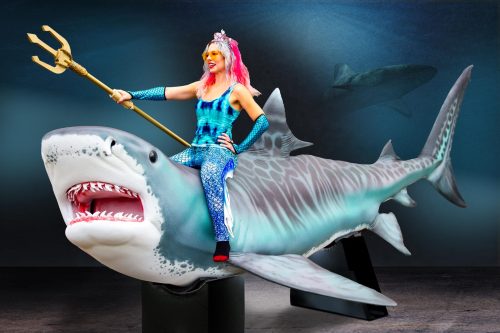
Crafting Wonders: The Fascinating World of Sculpting Foam
In the realm of artistic expression, few mediums offer the versatility, creativity, and transformative potential of sculpting foam. This captivating craft has revolutionized the way we create three-dimensional art, pushing the boundaries of imagination and craftsmanship. In this comprehensive exploration, we embark on a journey through the enchanting world of sculpting foam. We will dive into its origins, the incredible diversity of foam sculpting techniques, the artistry and innovation behind its creation, and how it has impacted industries from entertainment to design and beyond.
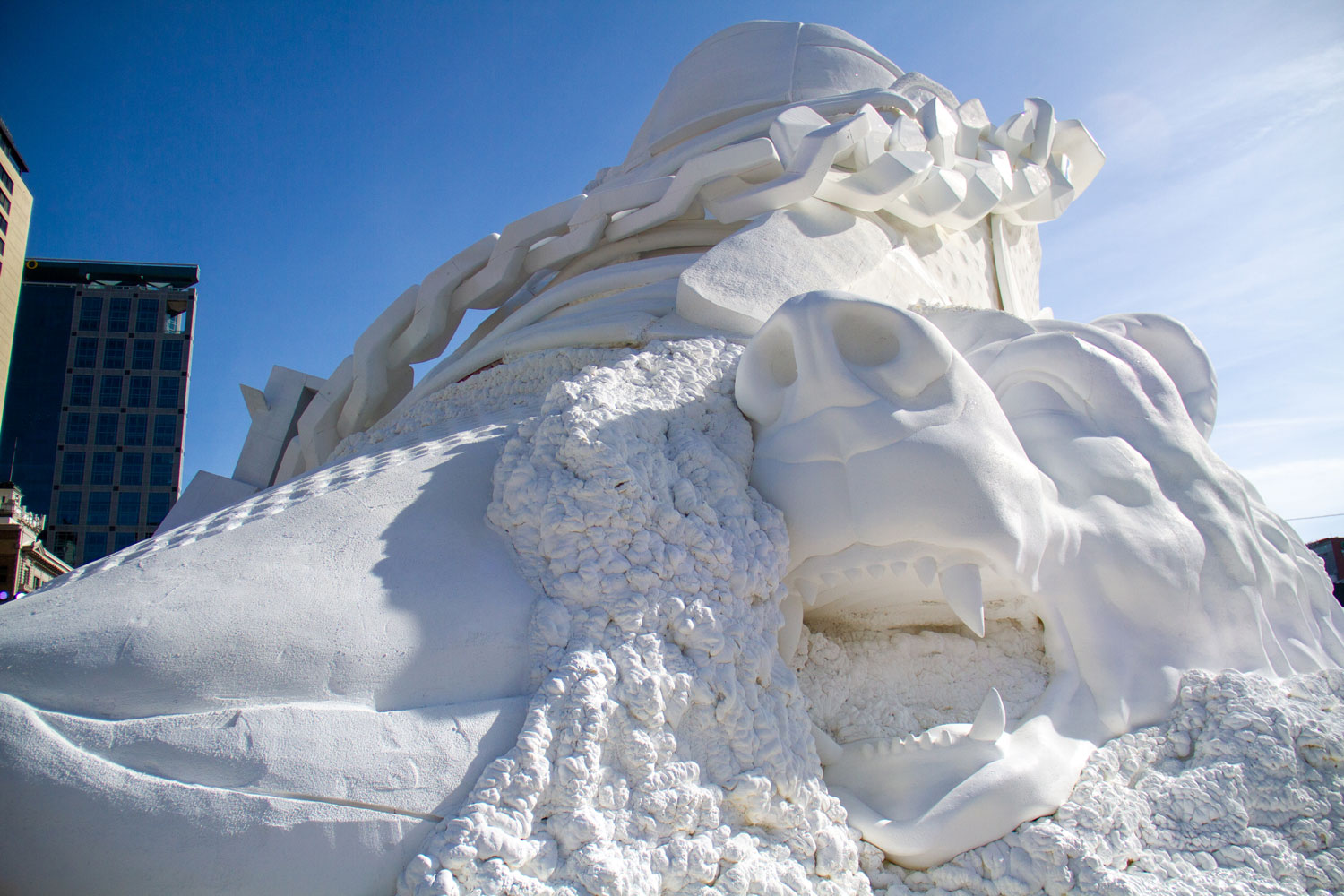
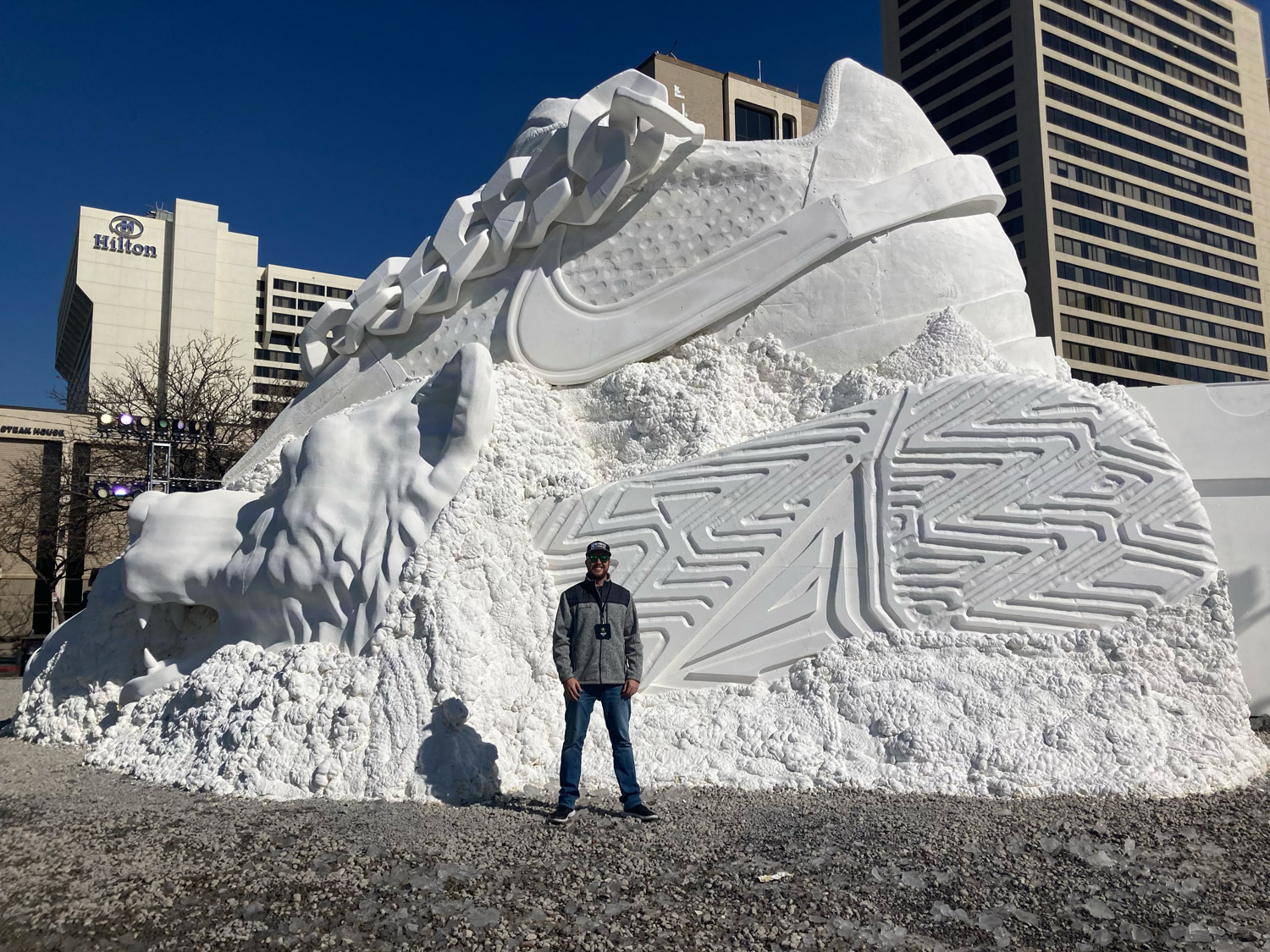
The Roots and Evolution of Sculpting Foam
The story of sculpting foam begins with a quest to transcend the limitations of traditional materials and breathe life into artistic visions. Originally developed as a lightweight and versatile medium for the construction industry, foam quickly found its way into the world of art and design. Artists and sculptors saw in foam a medium that allowed them to explore their creative visions with unprecedented freedom.
Foam’s evolution as an artistic medium, mirrors the evolution of art itself. What started as a practical solution for creating lightweight architectural elements has blossomed into a vibrant and transformative art form that challenges conventional notions of form, texture, and scale. Today, sculpting foam stands as a confirmation to the marriage of craftsmanship, innovation, and imagination.
The Diversity of Foam Sculpting Techniques
One of the most remarkable qualities of sculpting foam is its adaptability. Foam comes in various forms, including expanded polystyrene (EPS), polyurethane foam, and extruded polystyrene (XPS), each offering unique properties and potential applications. This diversity allows artists and sculptors to choose the foam type that best suits their vision and project requirements.
The techniques employed in sculpting foam are as diverse as the medium itself. From traditional carving and shaping to cutting-edge CNC milling and 3D printing, foam sculptors have a vast array of tools at their disposal. Whether the goal is to create lifelike sculptures, intricate architectural details, or abstract forms, sculpting foam provides endless possibilities for creative expression.
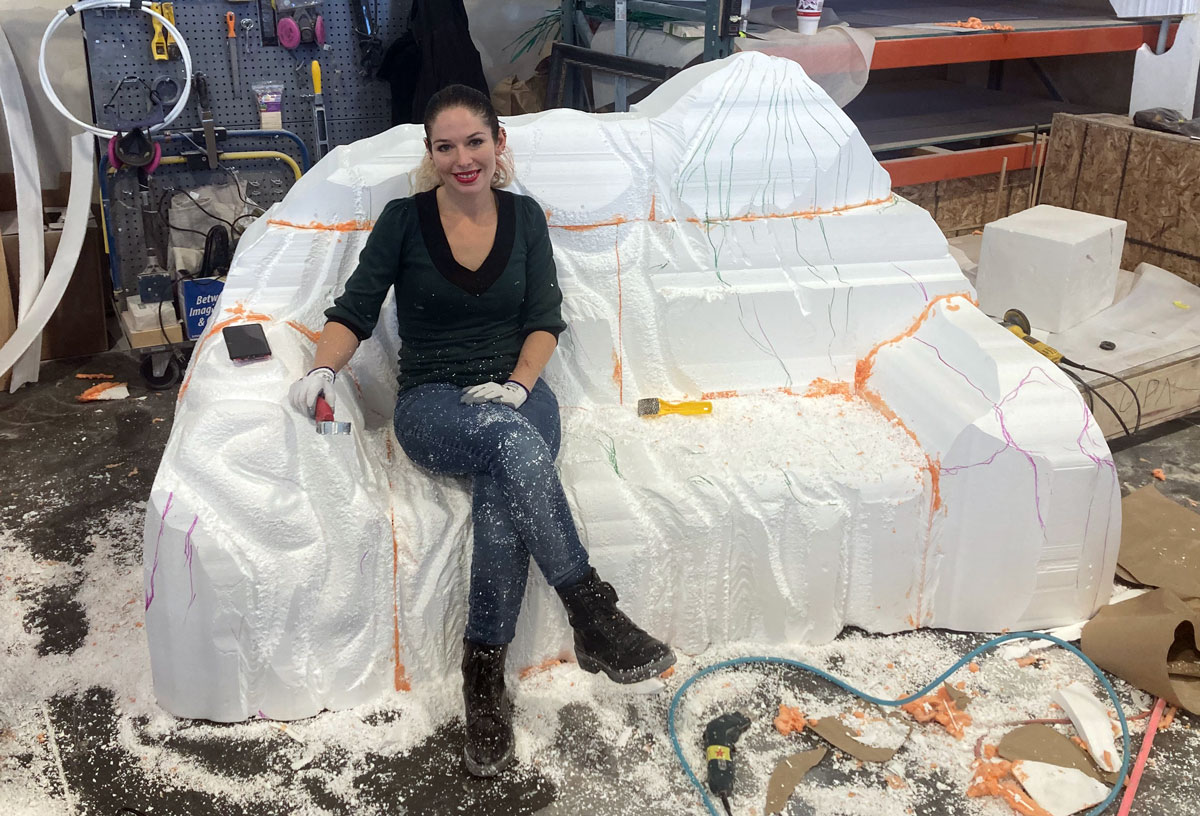
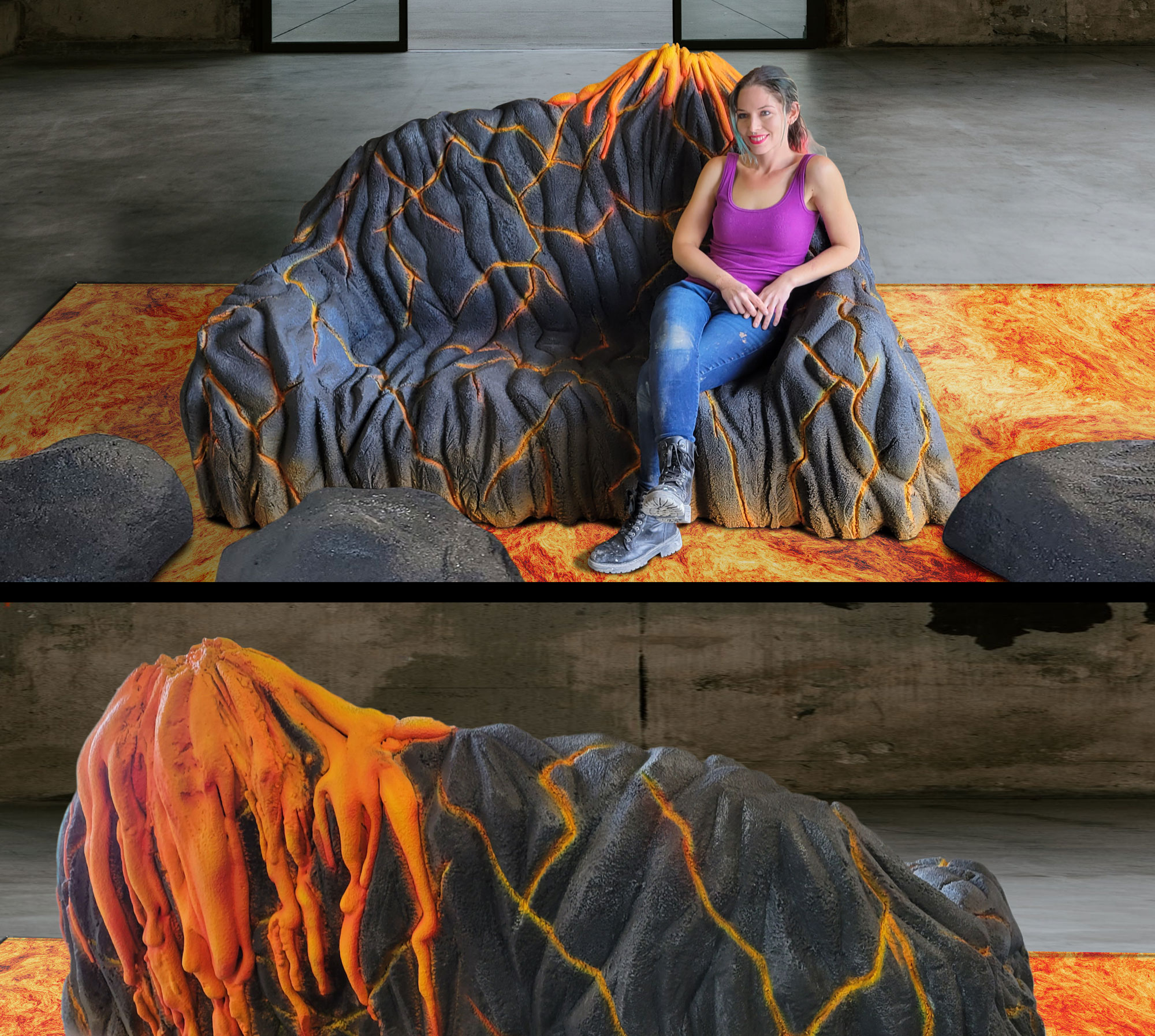
The Artistry and Innovation Behind Foam Sculpting
The creation of foam sculptures is a captivating blend of artistry, craftsmanship, and technological innovation. Skilled artists and sculptors bring their visions to life through a meticulous and multi-step process that marries traditional techniques with cutting-edge technology.
The journey begins with the artist’s vision, which serves as the blueprint for the sculpture. Foam blocks are carefully selected based on the project’s size, density, and intended use. Once the foam is chosen, the sculpting process commences, with artists using an array of tools, including hot wires, knives, and CNC machines, to shape and detail the foam.
One of the extraordinary aspects of foam sculpting is its ability to replicate intricate details with precision. Whether it’s the delicate features of a human face, the intricate patterns of architectural elements, or the texture of natural landscapes, foam can capture these details with astonishing accuracy.
Once the sculpting phase is complete, the sculpture is often coated with protective finishes to ensure durability and longevity. These coatings may include epoxy resins, fiberglass, or specialized paints that provide the desired texture and appearance.
Foam Sculpting’s Impact on Entertainment and Art
Foam sculpting has left an indelible mark on the worlds of entertainment and art. In the realm of entertainment, foam sculptures are behind some of the most iconic and memorable characters, creatures, and set pieces ever seen on screen. From blockbuster films to theater productions and theme park attractions, foam sculptures bring to life the imaginative visions of directors, designers, and storytellers. The lightweight yet durable nature of foam makes it an ideal choice for constructing larger-than-life sculptures and sets that transport audiences to fantastical worlds.
In the art world, foam sculptures have earned a place of prominence among contemporary artists. Foam’s adaptability and potential for intricate detailing have allowed artists to challenge traditional notions of sculpture. From abstract forms to lifelike representations, foam sculptures serve as powerful vehicles for artistic expression, encouraging viewers to explore and interact with art in new and unexpected ways.
Foam Sculpting in Design and Architecture
Beyond entertainment and art, foam sculpting has found a prominent place in the worlds of design and architecture. Architects and interior designers turn to foam sculpting to create custom architectural elements that add drama, elegance, and functionality to spaces. From intricate ceiling details to grand entryway sculptures, foam sculptures enhance the aesthetics and ambiance of homes, hotels, restaurants, and public buildings. The lightweight and customizable nature of foam offer new possibilities for designers seeking to make a statement with their creations.
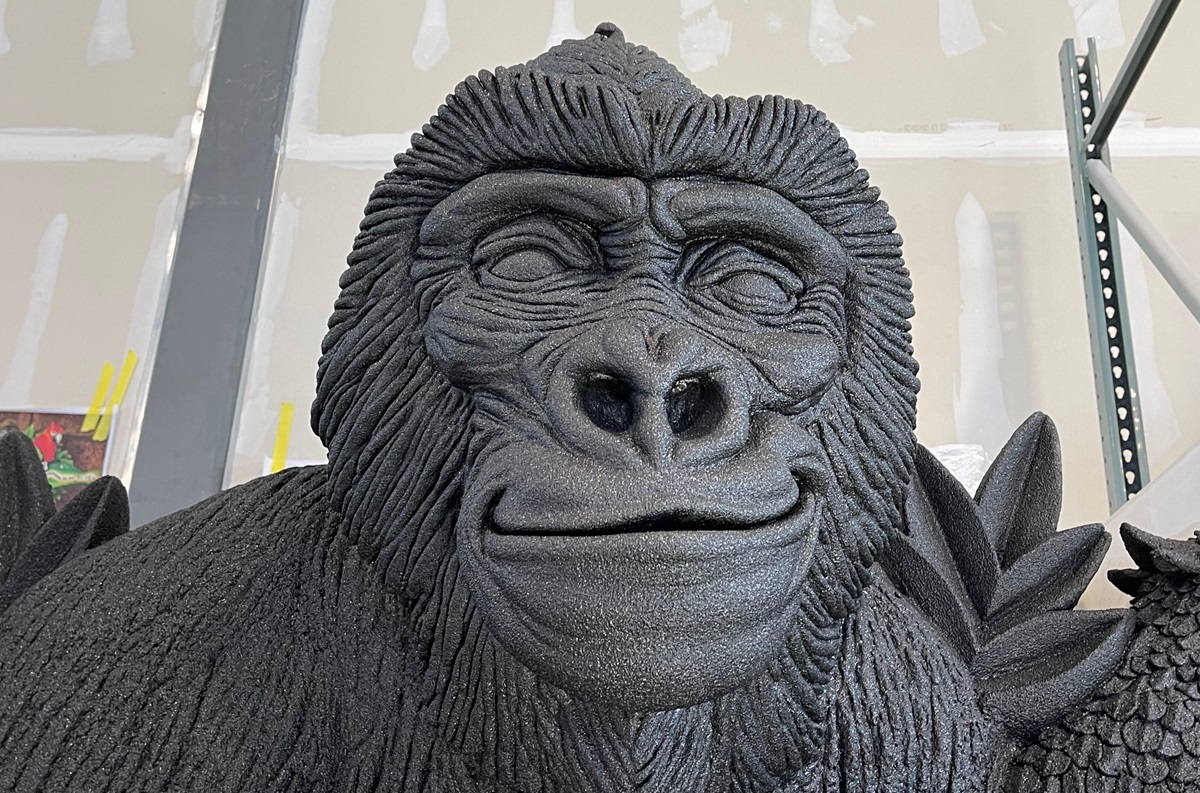
The Strength and Versatility of Polyurea in Foam Sculpting
In the realm of foam sculpting, one material that has gained prominence for its exceptional strength and versatility is polyurea. This remarkable substance, often used as a protective coating, has found its way into the world of foam sculpture, enhancing both the structural integrity and aesthetic appeal of foam creations.
Polyurea is renowned for its remarkable durability and resistance to various environmental factors, making it an ideal choice for foam sculptures intended for outdoor installation or long-term display. Its exceptional strength allows foam sculptures to withstand the test of time, ensuring that they remain intact and visually stunning even in challenging conditions.
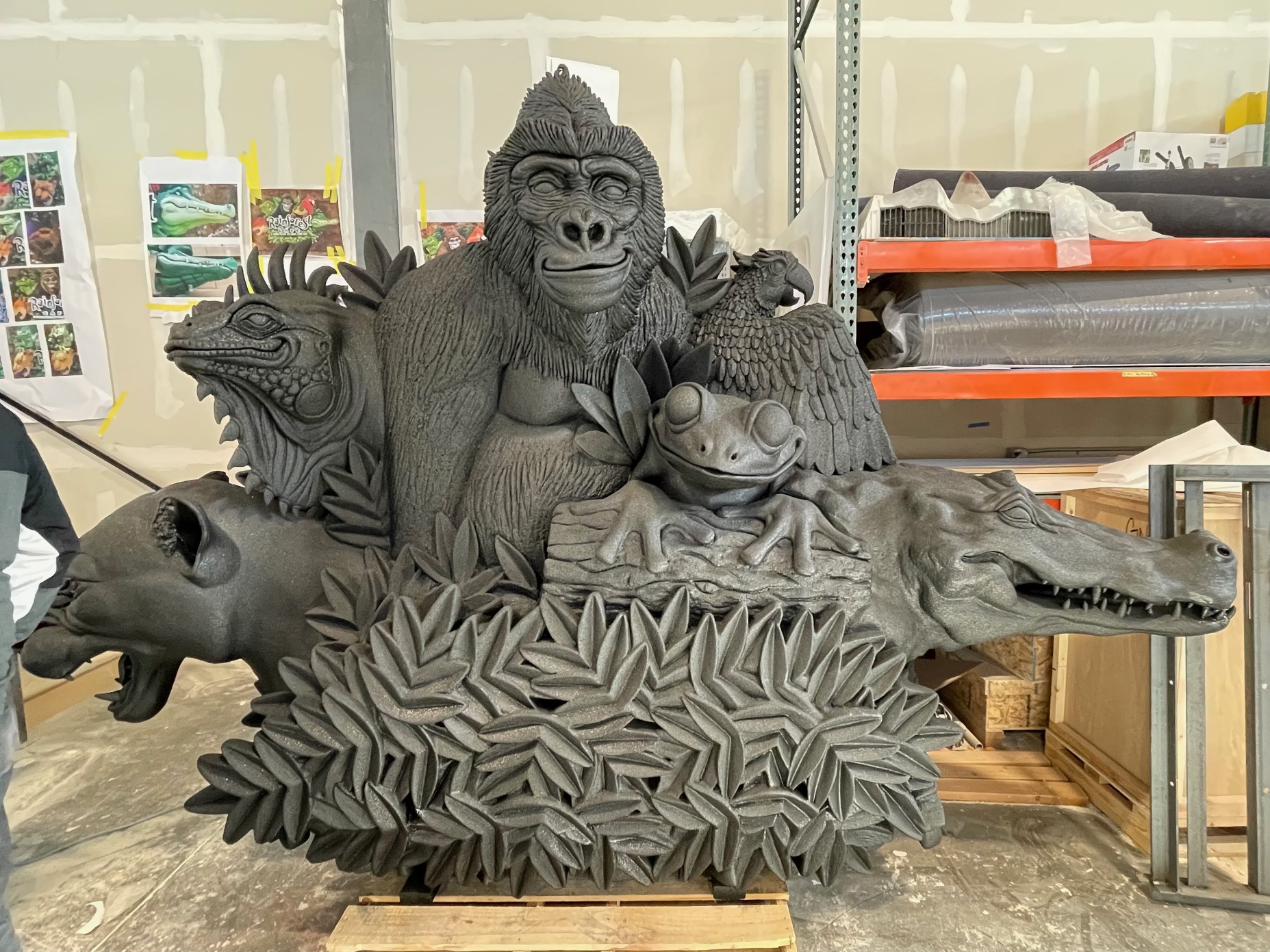
In addition to its robustness, polyurea offers an array of application possibilities in foam sculpting. It can be used to create protective coatings that guard foam sculptures against moisture, UV radiation, and physical wear and tear. This protective layer not only enhances the sculpture’s longevity but also contributes to its aesthetic appeal by providing a smooth and visually appealing finish.
Polyurea’s versatility extends to its application process, which can be tailored to the specific requirements of each foam sculpture. Whether the goal is to achieve a glossy or matte finish, enhance color vibrancy, or add texture, polyurea coatings can be customized to meet the artist’s vision.
Furthermore, polyurea is known for its fast-curing times, allowing artists and sculptors to complete their projects efficiently. This characteristic is particularly valuable when working on large-scale foam sculptures or projects with tight deadlines.
As foam sculptors continue to explore innovative techniques and materials, polyurea has emerged as a valuable asset, contributing to the strength, durability, and visual appeal of foam creations. Its application in foam sculpting underscores the constant evolution and expansion of this captivating art form, where creativity knows no bounds, and artistic visions are brought to life with remarkable precision and resilience.
Foam Sculpting’s Future and Innovation
As the world of foam sculpting continues to evolve, its future is filled with promise and innovation. The demand for this versatile and captivating art form shows no signs of slowing down, and artists and designers are continually pushing the boundaries of what can be achieved.
One exciting aspect of foam sculpting’s future lies in sustainability. As environmental consciousness grows, artists and sculptors are exploring eco-friendly materials and processes that reduce the environmental impact of their work. The use of recycled foam and environmentally friendly coatings is becoming increasingly prevalent, aligning foam sculpting with the values of sustainability and responsible creation.
Another exciting development is the integration of digital technology. Foam sculptors are harnessing the power of 3D printing and CNC milling to achieve levels of precision and intricacy previously unimaginable. These technologies streamline the sculpting process, reduce production times, and open up new creative possibilities for artists and designers.
In Conclusion: A World of Creative Freedom
Sculpting foam stands as a captivating and transformative art form that transcends traditional boundaries. Its impact on entertainment, art, design, and architecture is profound, and its versatility and potential for innovation are boundless. As sculpting foam continues to evolve and push the limits of imagination, we find ourselves in a world of creative freedom, where dreams take shape in foam, and the extraordinary becomes reality.